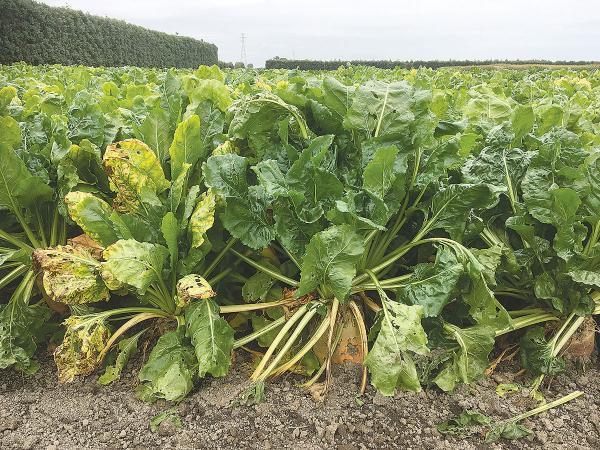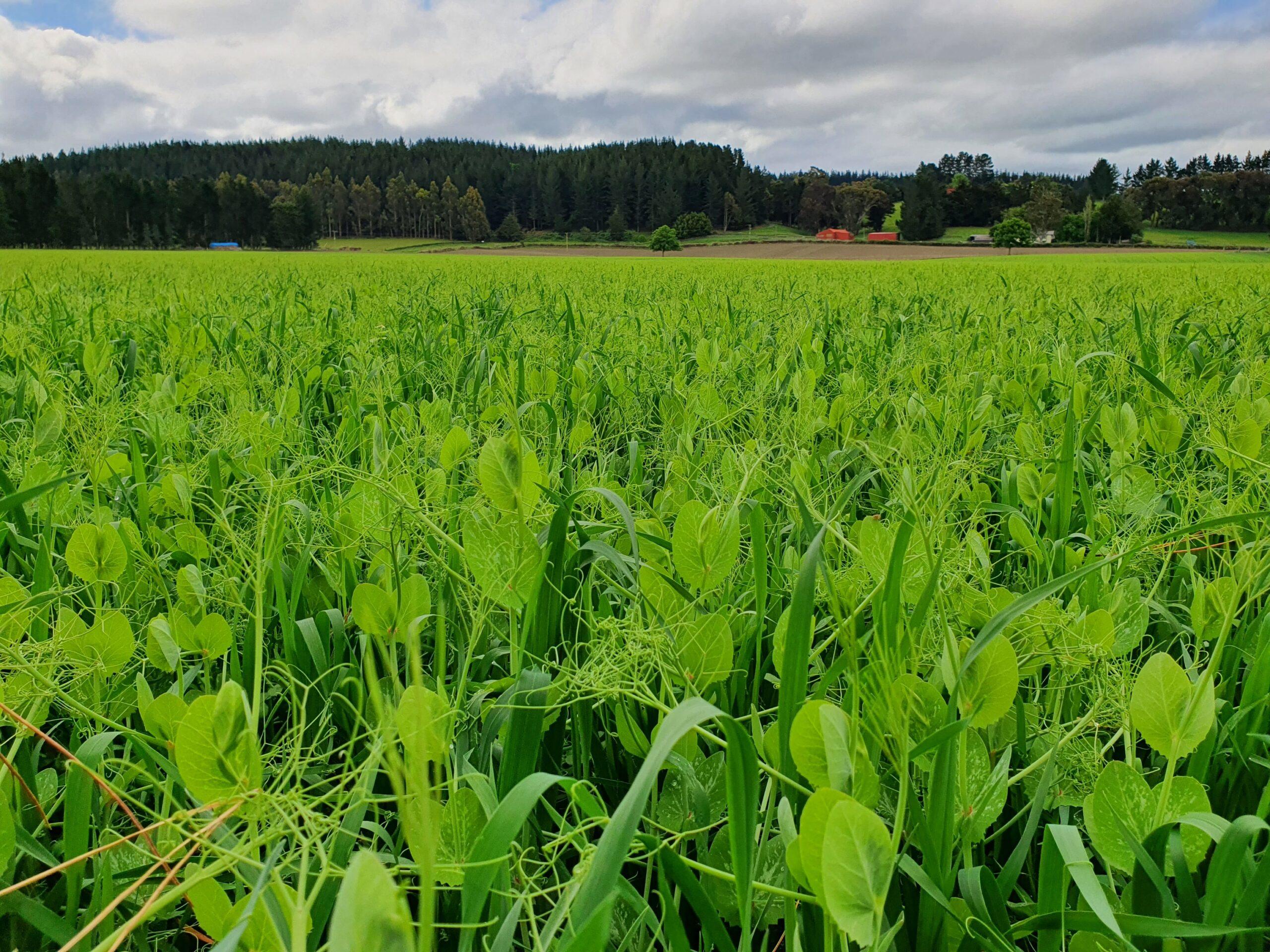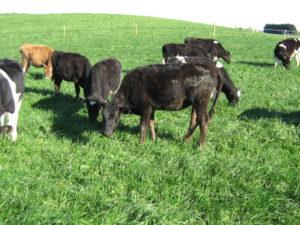Knowledge Hub
The Benefits of Chicory and Liquid N
Chicory & how to Manage it:
Chicory is a great quality spring/summer growing herb that is nutritious and palatable for stock feed, and when planted and managed properly it can produce around 8 – 16 Ton of DM/ha/year. It is drought tolerant so proves a great option for non-irrigated or summer dry regions, and the deep tap root means they can suck up trace elements from the soil. Chicory requires warm soils, around 120C, and a 10mm depth when planting, and can also be effectively used on effluent areas. Heavy clays & poorly drained soils are not recommended because of treading damage and fungal disease which will affect the crown and root, hence reducing persistence. Another factor to be aware of is weeds such as broad-leaf weed, hedge mustard, nightshade, buttercup, and thistle. Thistles are very difficult to remove from chicory so you need to ensure that control of these has occurred before sowing, and weed decreases the palatability & quality. Renewal of pasture following a crop rotation or applying Glyphosate or making sure the previous pasture is killed off before sowing can be effective methods of reducing weed problems. To maximise production of Chicory, sowing with a high density is recommended, around 10kgs per ha.
Mixing Chicory:
Excellent companion crops for Chicory are Red clovers, White clovers and also Plantain varieties. The great thing about mixing these varieties together is that they are already well established for when you start sowing your ryegrass and pasture species in the autumn. This means the chicory, plantain and clover verities have less competition and your pasture has excellent quality. When mixing chicory, you need to pay attention to grazing management to make sure it is not disadvantaged. This is because animals/stock often prefer grazing chicory foliage. To manage this, you need to focus on the needs of the chicory.
Take a look at our Chicory mixes available:
Liquid Nitrogen (N):
Liquid Nitrogen (N) is suitable for all forage crops and grassland. It is a very cost-effective fertiliser due to a number of factors such as accuracy of spreading, application window time, and efficient use of labour. Liquid N is much easier to spread accurately, especially on headlands where it is nearly impossible to apply granular fertilisers accurately. It either gets flung too wide or margins are left too short, causing a decrease in yields and/or lodged crops. This is why liquid N is a 20% more accurate application compared to solid alternatives. Liquid N can also be applied in wet and windy conditions but we recommend applying this in the early morning or evening at rates from 25-40 litres/ha for the best results.
Take a look at our Liquid N Fertilisers available:
- 32N Liquid (32%N)
- 39N Liquid (39%N) – Contact Wesco
Recent articles
Fodder Beet is Back!

Why you should be planting Peas & Oats this year

Wesco Grass Seed & Dynastrike Treatment Results
